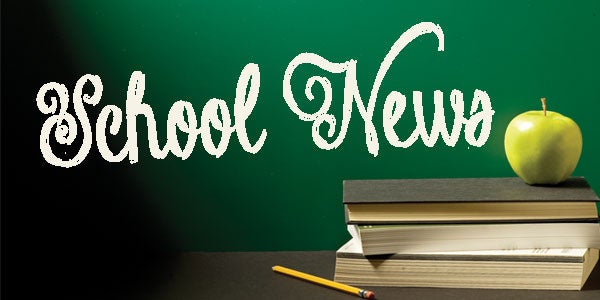Is there a shortage of school nurses?
Published 9:22 am Friday, August 22, 2008
A decrease in funding for schools is trickling down to school nursing programs, according to a study out by Minnesota 2020, a public policy think tank. The study shows Albert Lea is no different from many Minnesota schools in feeling the pinch.
The survey of school nurses across the state, conducted in May and released Thursday, found 80 percent of nurses responding felt there is a shortage. More than 80 percent also said insufficient funding is to blame.
“We are — probably like a lot of other districts — running with a higher ratio of students to nurses than we should,” said Albert Lea Superintendent Dave Prescott.
The Albert Lea School District has two registered and licensed school nurses for the entire district — 1,675 to 1. That is just higher than the statewide ratio of 1,404 students to every school nurse, ranking Minnesota 30th in the nation, according to the National Association of School Nurses.
The two school nurses also cover early childhood education and the Area Learning Center.
“We do the best job we can with what we have,” said licensed school nurse Carol Bosma. “There’s only so many resources, and you have to do what you can.”
Minnesota does not have a law requiring a nurse-to-student ratio. However, the Centers for Disease Control and Prevention as well as the National Center for Health Statistics recommend a school nurse-to-student ratio of 750 to 1 in the general student population.
According to Prescott, the nursing shortage is because the funding for school nurses is lacking. The money for school nurses comes from the district’s general fund, Bosma said, which also goes toward teachers and other resources.
“When you don’t have a lot of funding, you try to figure out how not to affect the classrooms, so positions like school nurses are not going to be funded as they should,” he said. “I think we would all welcome that additional funding for more staff.”
Prescott said the student-to-nurse ratio in Albert Lea hasn’t changed since he has been in the district — more than 20 years — but what has changed is the number of “significantly involved kids.”
That means there are more kids in the district that require more health care from school nurses, such as administering medication and individual health plans. That fact is backed up by the Minnesota 2020 study.
The CDC reports that 13 percent of children have asthma, 13 percent have allergies, 13 percent require prescription medication, 9 percent have no health coverage — causing the school nurse to be the primary health care provider — and 4 percent have unmet dental needs.
On top of that, the CDC reports that one in 150 students is autistic, compared to one in 10,000 in the 1970s.
“I feel we have a very supportive district,” Bosma said. “We do the best we can — of course we can’t fill every need that there is.”
To help cope with the work required of school nurses, many districts across the state have health clerks and licensed practical nurses. Albert Lea has a health clerk in every building and four LPNs across the district — three of which are assigned to individual students.
The problem in some school districts, according to the Minnesota 2020 report, is that some health clerks are under trained, which can lead to medical mishaps. Prescott said there has not been an incident with wrong medications given out or anything of that nature in the district, but it is a concern.
“They are very good at making up for their lack of training by being extra careful,” Prescott said.
Every year, he said, the health clerks and principal secretaries go through training on medication administration, CPR and other health practices to make sure they get it right.
The duties of the health clerk are delegated by the school nurses, and Bosma said her license is on the line if something goes wrong. In Minnesota, school nurses need to have a school nurse licensure and hold a bachelor’s degree in nursing.
“If we delegate to someone, we hold the liability that they’re giving good care,” she said.
Healthy students are essential to sound learning.
“In order to get the most out of your education, students need to be healthy,” Bosma said. “First of all, your student has to be ready to learn.”





